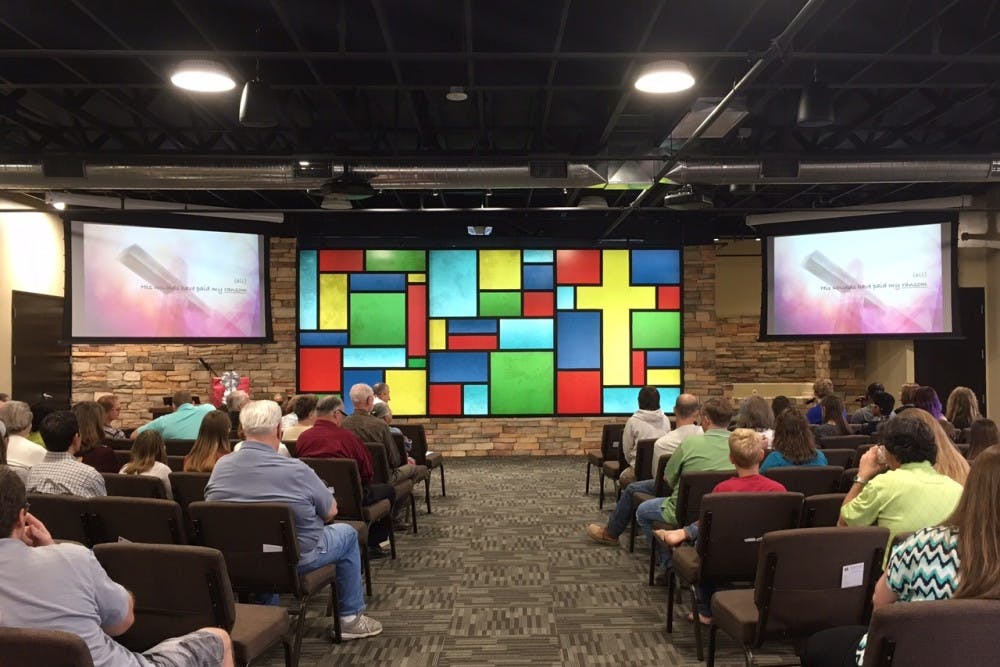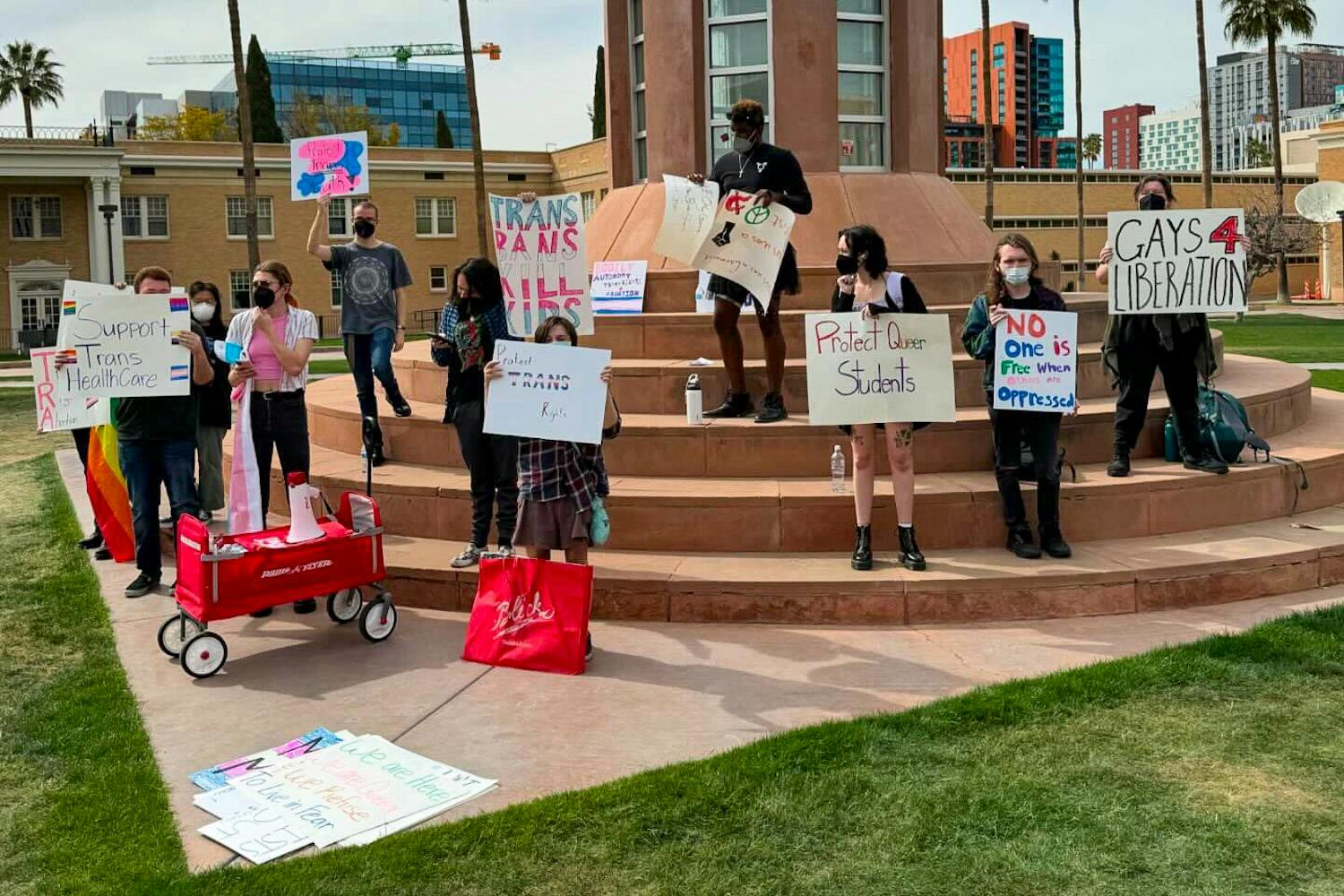Many things keep American churches segregated: theology, worship style, location and time, but one major segregator still exists – race.
In the United States, only three major congregations report less than 59 percent whiteness according to pew research from 2015 – one of those being the African Methodist Episcopal church. One would imagine that these congregations would report similar demographics. Only, they don’t, over 38 percent of churches report 0 percent African Americans according to the National Congregations Study from 2012. Additionally, more churches report between 0 and 5 percent African Americans than between 5 and 50 percent.
Churches are getting better. In the 90s, the number of white-only churches was 20 percent according to the NCS, and now the number is 11 percent.
Don McLaughlin, pastor at North Atlanta Church of Christ in Georgia, said that while there have been mild improvements, there is still a long way to go.
“There is evidence of slight improvement over the last seven or eight years, (but) it's still horribly off pace," McLaughlin said. "My hope is that the generations that are coming up now who have, overall a better openness to integration, are gonna help us move this forward ... Of course this election hasn't been promising in that regard."
When I was in first grade, my family moved to Las Vegas and visited a predominantly African American church. My parents remember liking the church but being told that we might feel more comfortable in a place that was more like us – white. However, even though racism goes both ways, the root of racially divided churches is white people. African American churches exist greatly because whites would not integrate.
As whites were the beginning of this problem, they must also be the solution.
Step one is to allow and encourage minority leadership. We must give up our power to encourage unity. McLaughlin said that integration starts with the leaders of the church.
"If the leadership isn't integrated, the church is not integrated - (that's) the bottom line," McLaughlin said. "As long as the power of the church is vested in the majority membership, then you have assimilation, not integration. The minority will always feel that they've got to become like the majority to be accepted."
Nationally, I have seen the hatred sent from white evangelicals toward Christian artist Lecrae for expressing his blackness. In my own circles, I have seen white Christians argue whether to say Black Lives Matter or All Lives Matter (for the record, Black Lives Matter). What I rarely see is an effort to acknowledge our sins of the past and move forward with humility.
Plenty will accuse an intentional integration of leadership as being racist. "How can you pass over a whole skin color in the name of integration?" The answer rests in pipelines. All leadership follows a pipeline and in churches that pipeline can be race based.
"The average church has been so homogeneous for so long that all of the people that are in the leadership pipeline are of the same ethnicity," McLaughlin said. "So of course, you're going to have to intentionally step beyond that to make a change. That's not because of racism, necessarily, it's because your own homogeneity has created a pipeline full of the same people."
Another major step in this process will be abandoning the idea that we are colorblind and replacing it with saying we are colorful according to McLaughlin.
"(Being colorblind) had a good idea on the front end, but people didn't really think it through," McLaughlin said. "Inherent in colorblind is (the idea that) if I notice your color it will go badly. Why else would I want to be colorblind?"
We can't claim to not see what God has clearly created. God made us with beautiful variations of skin color, and it's truly a gift to see where we are different.
"To say to someone 'I absolutely notice your color, and its beautiful expression of God.' We're not going with colorblind, we're colorful," McLaughlin said. "When would I say to my wife 'Oh I don't even notice you're a woman.'?"
Confession: I imagine this column isn’t perfect. I am sure that I have room to improve and learn from my African American brothers and sisters. I hope to hear feedback from them – I know they give it in love. I hope to display the heart of Christ.
The Apostle John said in Revelation that he saw a great multitude "from every nation, from all tribes and peoples and languages." I pray I'm able to help bring that to fruition.
Reach the columnist at maatenci@asu.edu or follow @mitchellatencio on Twitter.
Like The State Press on Facebook and follow @statepress on Twitter.
Editor’s note: The opinions presented in this column are the author’s and do not imply any endorsement from The State Press or its editors.
Want to join the conversation? Send an email to opiniondesk.statepress@gmail.com. Keep letters under 300 words and be sure to include your university affiliation. Anonymity will not be granted.




